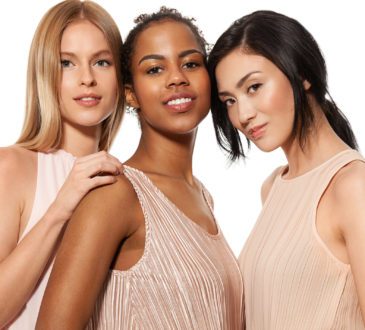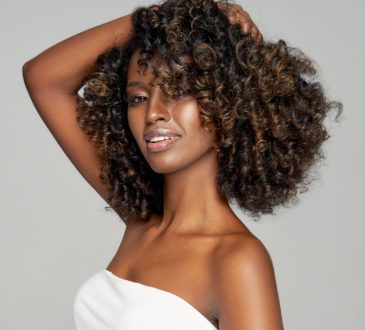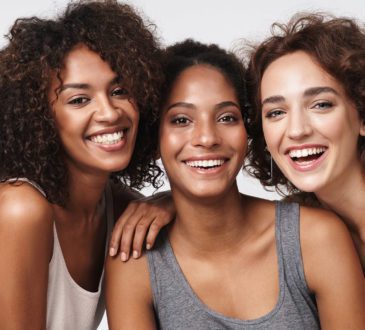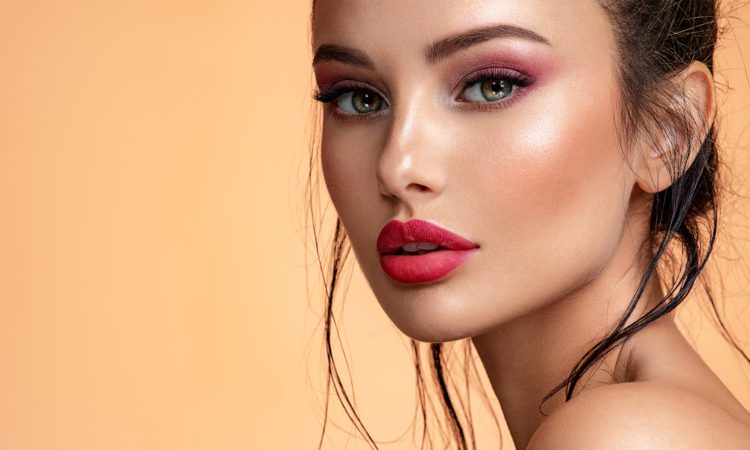
The pages of high fashion magazines are informative, creative and interesting. There is a high element of art to magazines like Vogue, Bazaar and Vanity Fair. If you turn the pages of one of these magazines you will see many editorial articles, often by fashion designers that are ingenious, innovative and original. Some even may be a little unconventional and even weird.
However, these magazines showcase how haute couture is used in the fashion world. These hand made designs often by the designers themselves are what keeps fashion interesting and a hot topic in the fashion world.
If you go to a runway show, you are bound to see these designs worn by many of the models. Likewise, by opening the pages of one of the high fashion magazines, you will see editorials featuring models that evoke emotion and soul.
To be an editorial model, you must become one with the camera and identify with what is being conveyed with the reader. Not all models are fit for this kind of modeling, but if you’re up for a challenging yet profitable career, editorial modeling can get you there.
What makes a look editorial?
Editorial modeling is different from other types of modeling as it tends to be less about selling a design than selling an idea. Editorial modeling uses strong perspectives about a concept or idea and tells a story about that concept in a creative and dramatic way.
Editorial modeling will often use dramatic makeup, unexpected props and grandiloquent locales when shooting. With editorial modeling, it is more about the story and the artistic way that it is told. As an editorial model it is your job to become a character in a role that will captivate the viewer and entertain as well as inform.
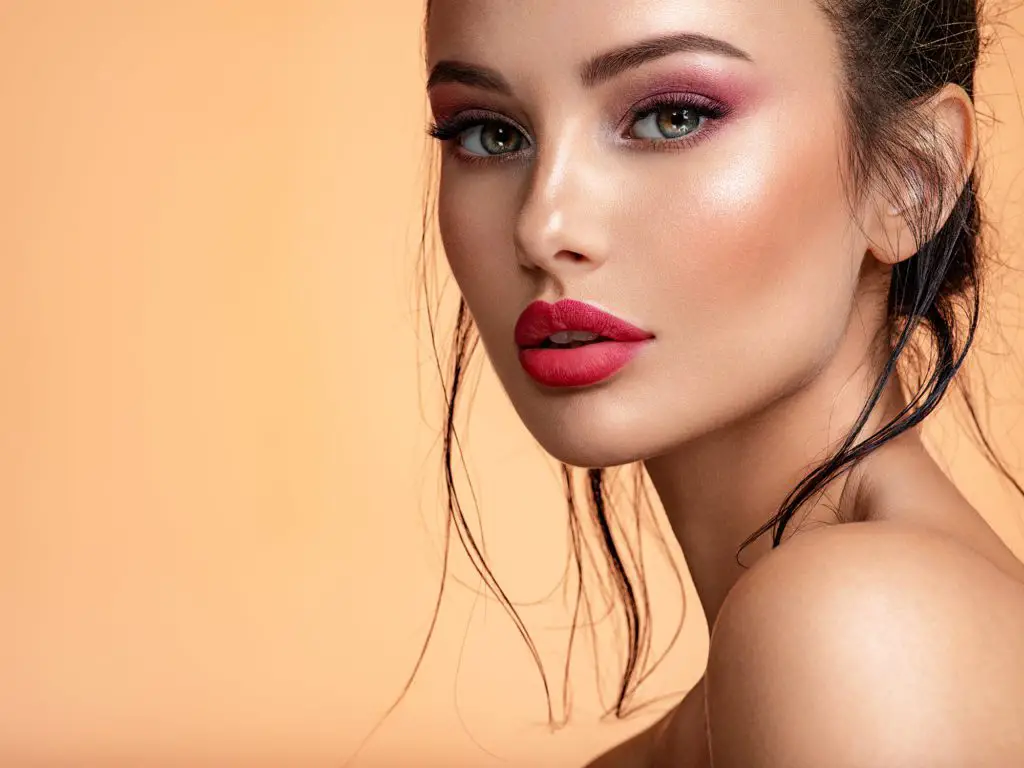
What are the requirements to be an editorial model?
Editorial modeling has similar requirements to fashion modeling. Designers and photographers will be looking for models that are tall, slender and possess certain attributes that will lend to the story they are trying to convey. Height is generally between 5’8″ and 5’11” and typical measurements require that the bust is 32″-35″, hips are 33″-35″, and waist is 22″-26″.
These are not hard and fast rules because one of the most important aspects of editorial modeling is the look. If you have the look that the creator is looking for, some of these rules can be bent.
Do editorial models have to be skinny?
Editorial models traditionally are tall and skinny. This is not to say that another body type might lend itself better to the message that the creator wants to manufacture. However, it is more common to see a body type that is long and lean rather than any other body type.
Can editorial models have tatoos?
If you have tattoos, you may find that you are in higher demand for some designers when it comes to editorial modeling. In the past, tattoos were discouraged for modeling in general. As society leans more and more towards freedom of expression in many ways, tattoos are not only welcomed they are encouraged by many. If your tattoos help create emotion or help your character in the story being told, it may be an advantage to you and an asset to the designer.
How much do editorial models get paid?
While models do get paid for editorial modeling, these jobs don’t typically bring the kind of money that a model modeling for a mainstream ad campaign would get. Payment can be anywhere from $250 to $10,000. An editorial model can look at their modeling job as an investment in their career where compensation is more through notoriety.
If you are seen in a Vogue editorial, this will do wonders for your career and if you leverage it right, you can gain many more modeling jobs and demand more money, subsequently. It helps if editorial models look at each individual job as an investment in their reputation as a heavy hitter in the fashion world with the mindset that more work will come.
What is the difference between editorial modeling and commercial modeling?
Commercial modeling will be featured in ad campaigns and photoshoots for various products and services. Because of this, commercial modeling tends to be more diverse in its selection of models. Editorial modeling usually requires a model that has a certain look who possesses the physical requirements that most fashion designers are looking for.
How do I start editorial modeling?
To be an editorial model you would go through most of the same channels that a fashion model would go through. If you have the look and the measurements you should ensure you have a few professional looking photos that you can submit to agencies and brands that you are interested in.
Portfolio
After you get a couple of gigs and you feel comfortable investing in your career you will need to build a portfolio that showcases your creativity and versatility.
In an editorial portfolio you should include a headshot that is a closeup of your face. This photo should highlight your natural beauty, so don’t wear too much make up and ensure your hair style is simple.
You should also include a full body shot in tight fitting clothing so that decision makers can see how clothes fit you. Your posing can make these photos interesting so make sure you are creative and set yourself apart with how you present yourself.
Consider a swimsuit and/or a lingerie photo if you are comfortable so that viewers can see your comfort level with your body and they can also see how you photograph in these types of garments.
The last photo to consider is a photo that creates emotion or conveys your personality. This is a photo to express yourself and be yourself.
Send your portfolio to agencies that you love and brands that interest you. Make sure you contact decision makers directly and frequently in order to try to get an interview.
Social Media
You can have a lot of fun with social media and editorial modeling. Here, you can tell your own story with professional looking photos that agents and brands can see when they are vetting you for a job. Be creative, get artsy, perhaps even a little wild. Different is better when it come to showcasing yourself on social media for editorial modeling. Create a few accounts on various platforms and show your stuff.
Editorial model can be quite different from other types of modeling. However, if you put in the time and take each job as a learning experience, you can build a career that can be multi-faceted and very rewarding.


